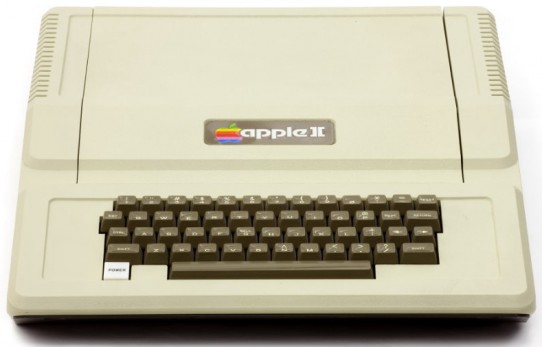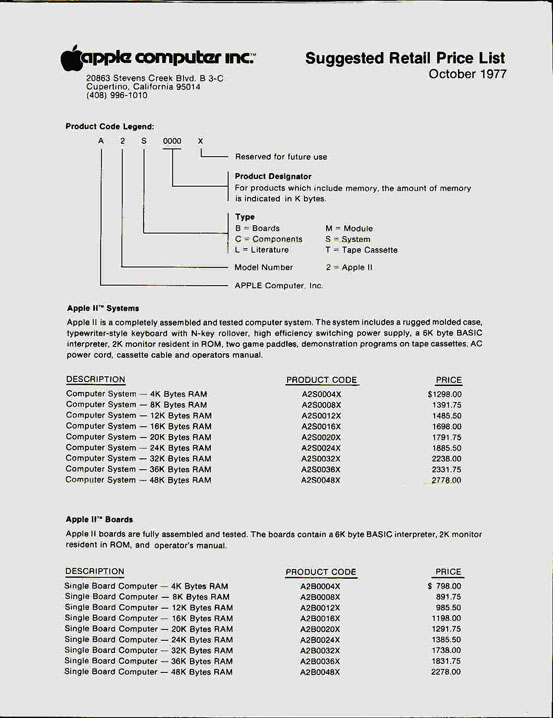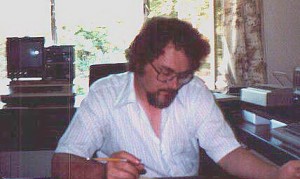Via Computer History Museum
-----
In June 1977 Apple Computer shipped their first mass-market computer:
the Apple II.


Unlike the Apple I, the Apple II was fully assembled and ready to use
with any display monitor. The version with 4K of memory cost $1298. It
had color, graphics, sound, expansion slots, game paddles, and a
built-in BASIC programming language.
What it didn’t have was a disk drive. Programs and data had to be
saved and loaded from cassette tape recorders, which were slow and
unreliable. The problem was that disks – even floppy disks – needed both
expensive hardware controllers and complex software.
Steve Wozniak solved the first problem. He
designed an incredibly clever floppy disk controller using only 8
integrated circuits, by doing in programmed logic what other controllers
did with hardware. With some
rudimentary software written by Woz and Randy Wigginton, it was
demonstrated at the Consumer Electronics Show in January 1978.
But where were they going to get the higher-level software to
organize and access programs and data on the disk? Apple only had about
15 employees, and none of them had both the skills and the time to work
on it.

The magician who pulled that rabbit out of the hat was Paul Laughton,
a contract programmer for Shepardson Microsystems, which was located in
the same Cupertino office park as Apple.
On April 10, 1978 Bob Shepardson and Steve Jobs signed a $13,000
one-page contract for a file manager, a BASIC interface, and utilities.
It specified that “Delivery will be May 15?, which was incredibly
aggressive. But, amazingly, “Apple II DOS version 3.1? was released in
June 1978.
With thanks to Paul Laughton, in collaboration with Dr. Bruce Damer, founder and curator of the DigiBarn Computer Museum, and with the permission of Apple Inc.,
we are pleased to make available the 1978 source code of Apple II DOS
for non-commercial use. This material is Copyright © 1978 Apple Inc.,
and may not be reproduced without permission from Apple.
There are seven files in this release that may be downloaded by clicking the hyperlinked filename on the left:



